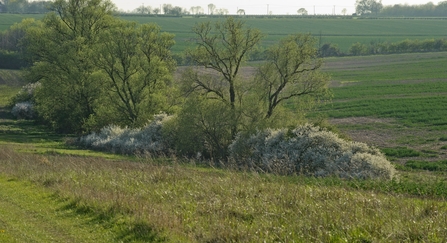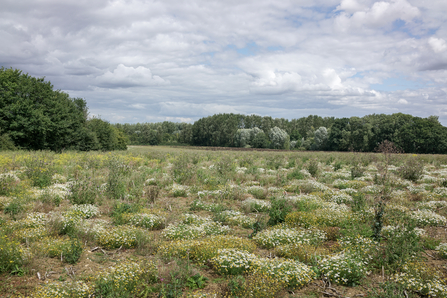A big cause of wildlife decline in Suffolk is the loss of what is sometimes called ‘marginal’ habitat.
This is a bit of a catch-all term but basically means areas that fall out of the ‘classic’ habitats such as reedbed, ancient woodland or wildflower meadows. I like to call these habitats ‘Cinderella habitats'; they are valuable, can be beautiful in their own right but all too often overlooked and forgotten.


